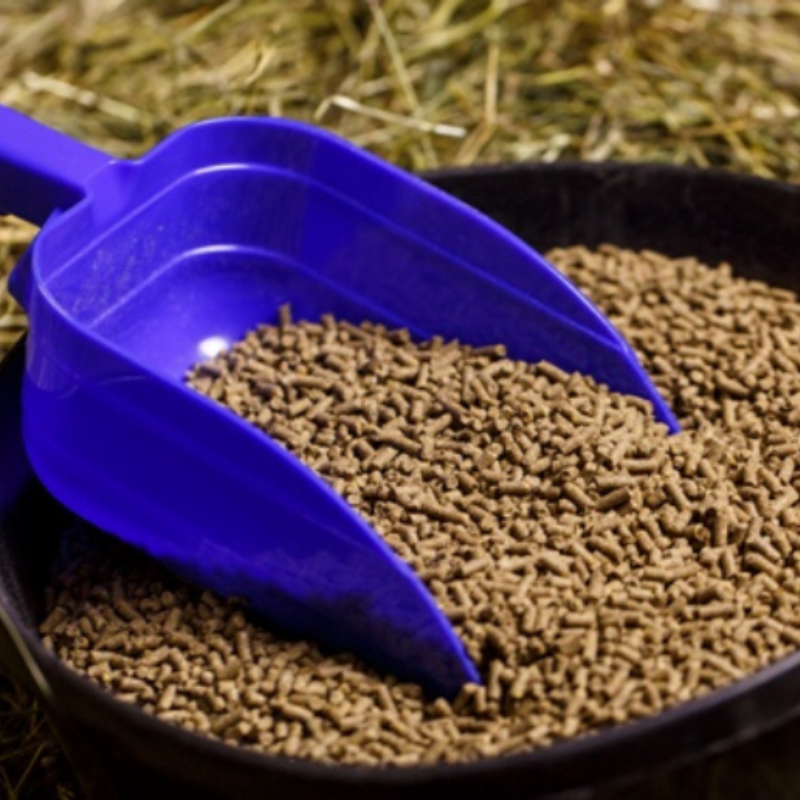
Six Tips To Organize Your Feed Room
One of the most frequently used places in a barn is the feed room. Keeping this area organized is necessary to ensure that horses are receiving the correct grain and supplements. Keep reading for some tips from BarnManager on how to keep this room clean and neat.
1. Keep an Updated Feed List
One of the most important parts of a feed room is an updated list of what grain, supplements, and medications each horse is getting. Although most barns usually have one or two people who make the grain, it is crucial to keep a list in case they are away or not able to do the job that day. Providing horses with correct grain, supplements, and medication consistently is key, so start with a well-written feed chart or list. White boards are often useful for these types of lists because they make it easy to add, change, or remove items; however, whiteboards can make it more difficult to keep track of any changes being made. You should also include important special circumstances on this board such as a note about a horse needing water added to their grain or if the supply of a certain item is running low.
(Did You Know? BarnManager allows you to create, download, and print a feed chart! BarnManager also creates a Feed Change Log to document all changes made to a horse’s feed, supplements and medications over time.)
2. Put Grain in Bins
If you are feeding a large number of horses and have multiple types of grain, consider putting the grain in large bins instead of keeping it in the original bags. This can help make your feed room look neat and tidy. Also, multiple grain bags often fit into one bin so it can help save space. Invest in bins or containers that are sturdy and have lids to keep animals and insects out. When refilling the containers make sure that they are completely empty before adding in a new bag so the grain at the bottom does not stay there too long and go bad.
3. Label Everything

The next step in organizing your feed room is to label everything. If you do put your grain in bins, make sure to clearly label each lid. If a horse has a specific medication, it is helpful to write the horse’s name on the bottle or box along with the administration instructions. Some clients may have certain supplements or medications for their horses, so you should write their name on those containers as well. Also, label all the grain buckets. Clearly write the horse’s name along with the time of day the grain should be given on each one. Another tip is to have buckets in specific colors for each feeding time such as morning, lunch, and night grain.
4. Organize Medications and Medical Supplies
Keep extra medications and medical supplies like syringes and needles in a separate trunk, wall box, or container in the feed room. Storing these items separately from day-to-day supplements can help avoid confusion. Although these items are stored separately, make sure that they are still easily accessible and organized in case of an emergency.
5. Keep Medications Properly Sealed
It is important to make sure that any medications or supplements that would show up on a drug test are well-sealed and securely stored. These types of medications and supplements may include regumate, flunixin meglumine, acepromazine, or methocarbomol. Keeping these items isolated will help prevent accidentally contaminating the grain of a horse that is not receiving those medications or supplements. While contaminating grain can be a major problem in a show barn where the horses might get drug tested at a competition, it can also be an issue at any stable. Accidentally contaminating a horse’s grain with medication or supplements that they are not on can sometimes be dangerous. Keeping these items well-sealed and organized can help prevent this problem from happening.

6. Sweep and Wipe Surfaces
Another way to prevent contaminating feed with supplements or medications is to thoroughly sweep and wipe down surfaces every day. Making grain can be a messy task, so cleaning the room afterward is key. Along with preventing contamination, cleaning the feed room will keep the area neat, pleasant to work in, and also reduce the likelihood of insects or animals entering.
When organizing your feed room, it is important to make everything as clear, obvious, and simple as possible so you can rest assured that the feed is made correctly. When a good system is in place all employees can feel confident about successfully preparing the feed, even if it is not part of their daily routine.
Have questions about utilizing BarnManager or want to give it a try for yourself? Request a live demo here!